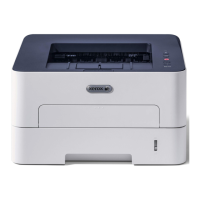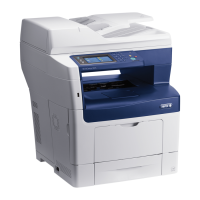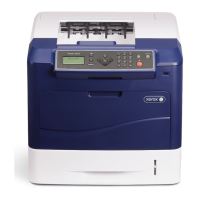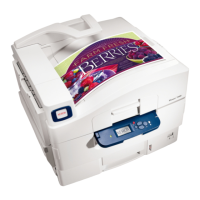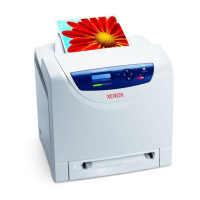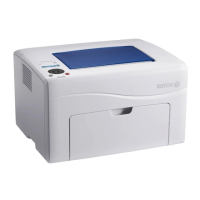When you have sent jobs to the sys-
tem, not knowing it is down, or the
job queue is too long, or any time you
wish to divert your job to another
system.
Allows you to send jobs to a different
printer.
Forward
When you have sent jobs to the sys-
tem, and wish to verify visually that
a given job has been correctly con-
figured, is centered on the page, has
correct image quality adjustments
applied, etc. Refer to the online Help
system for details about this user in-
terface control.
Allows you to see a preview image
of the print job before actual print-
ing.
Preview and Preview Range
Printing with the Parallel RIP feature
The Xerox Nuvera 200/288 EA/MX Perfecting Production System includes page independent Parallel
RIP (PPR) as a standard feature used to improve image processing performance and print speed, especially
for complex documents.
How the Parallel RIP process works
Parallel RIP works with page independent jobs that are compliant with Adobe Document Structuring
Conventions (DSC) 3.0, such as compliant PS, VIPP, and PDF.
When Parallel RIP is enabled from the Queue Manager, FreeFlow Print Server first determines if the
current job is eligible for Parallel RIP. If it is not eligible, the job is processed on a single RIP, which may
leave one or more of the remaining RIPs available to process the next waiting job. If it is, FreeFlow Print
Server splits jobs, or pages of a single job, and distributes them to the separate RIP processes running
on the two separateCPUs. The maximum number of RIPs availabledepends on the number of processors
and the amount of memory on the FreeFlow Print Server. For instance, approximately 2 to 3 RIPs will
run on one dual core CPU. If an optional upgrade performance kit is installed with an additional dual
core CPU, the system would then have four CPUs RIPping data (5 RIPs will run on two dual core CPUs),
increasing processing time and producing faster RIP speeds.
Tip
To see the number of parallel RIPs configured on the system, select Setup > System Preferences > Job
Processing tab.
Which Jobs work best
Parallel RIP is ideal for long jobs with many nonrepeating scanned images or digital photographs such
as text books, magazines, yearbooks and product manuals.
Parallel RIP supports data streams PS, PDF, and VIPP Database Mode. To take full advantage of Parallel
RIP performance for PostScript or PDF jobs, always enable Parallel RIP at the printer queue and use
DCS/Page Independence settings with Optimize for Portability. For these types of PS and PDF jobs,
you will see a 50% or more increase in performance when compared to a printer queue without PPR
set.
Xerox
®
Nuvera
®
14-52
User Guide and Training Aid (UGTA)
How Do I...
